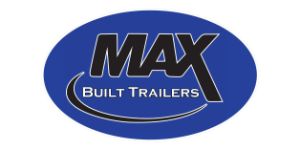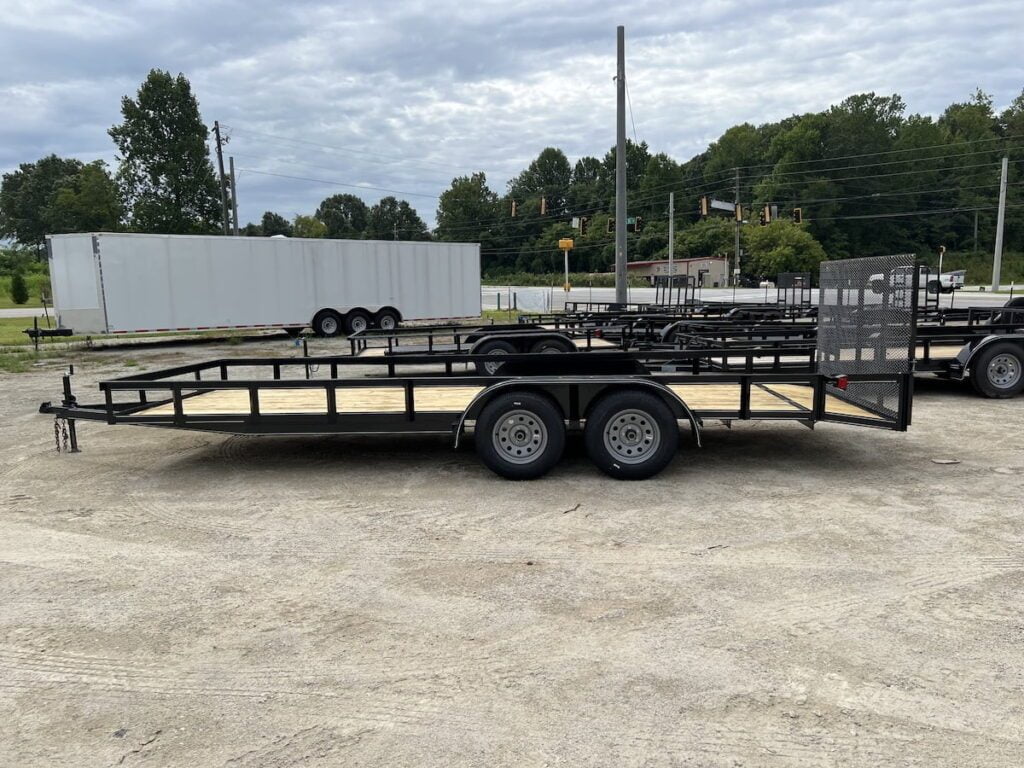Properly loading heavy equipment onto a trailer requires careful planning, attention to detail and adherence to safety protocols. Whether you’re transporting construction machinery, agricultural equipment or any other substantial load, ensuring a secure loading process is paramount. In this comprehensive guide, we’ll outline essential steps to safely and correctly load heavy equipment onto a trailer—minimizing risks and promoting a smooth hauling experience so you arrive where you want to go when you want to get there..
1. Pre-Loading Preparation:
Check Trailer Capacity:
- Ensure the trailer’s weight capacity exceeds the combined weight of the equipment and trailer itself.
Inspect the Trailer:
- Conduct a thorough inspection of the trailer, including tires, brakes and the loading ramps. Address any issues before attempting to load.
Gather Necessary Equipment:
- Collect appropriate equipment such as ramps, chains, straps and blocking material.
2. Equipment Positioning:
Balance the Load:
- Distribute the weight evenly on the trailer to prevent imbalances that could affect stability during transit.
Center of Gravity:
- Identify the center of gravity for the equipment and position it over the trailer’s axles to enhance stability.
Position for Stability:
- Place the heaviest part of the equipment closest to the trailer’s axles to optimize weight distribution.
3. Loading Process:
Use Loading Ramps:
- Ensure the loading ramps are securely in place and have the proper incline for the equipment being loaded.
Drive-on or Winch Method:
- Depending on the equipment and trailer type, choose between driving the equipment onto the trailer or using a winch for controlled loading.
Secure the Equipment:
- Use heavy-duty straps, chains or binders to secure the equipment to the trailer. Ensure all attachments are tight and properly tensioned.
Chock Wheels:
- Use wheel chocks to prevent movement once the equipment is on the trailer. This is especially important when loading on an incline.
4. Safety Measures:
Maintain Clear Communication:
- If multiple people are involved in the loading process, establish clear communication signals to ensure a coordinated effort.
Use Personal Protective Equipment (PPE):
- Wear appropriate PPE, including gloves and safety boots, to protect against potential hazards during the loading process.
Adhere to Weight Limits:
- Avoid exceeding weight limits specified by the trailer manufacturer and local regulations.
5. Post-Loading Inspection:
Recheck Securement:
- After loading, recheck all straps, chains, and binders to confirm the equipment is securely fastened.
Inspect Trailer and Equipment:
- Conduct a final inspection of the trailer to make sure it’s secured to the ball hitch with connected safety chains along with the loaded equipment to ensure everything is in optimal condition for transit.
Test Brakes and Lights:
- Test the trailer’s brakes and lights to confirm they are functioning correctly before hitting the road.
Conclusion:
Safely loading heavy equipment onto a trailer demands meticulous planning and strict adherence to safety guidelines. Following the steps outlined in this guide can enable a more secure loading process, minimizing the risk of accidents during transit. By prioritizing safety measures, equipment owners and operators can confidently transport heavy loads—knowing that both the equipment and those on the road are more protected.
Legal Disclaimer: The information provided in this article is for general guidance purposes only. It is not intended as legal, safety, professional advice or replacement for product manuals. Readers are advised to consult relevant authorities, manufacturers’ guidelines and seek professional assistance for their specific circumstances and vehicles. The author and publisher disclaim any liability for actions taken based on the contents of this article.





